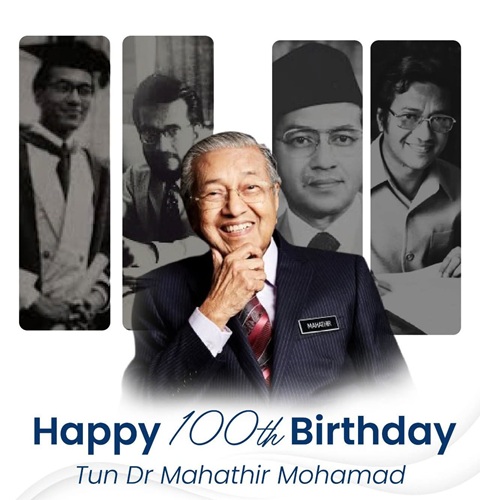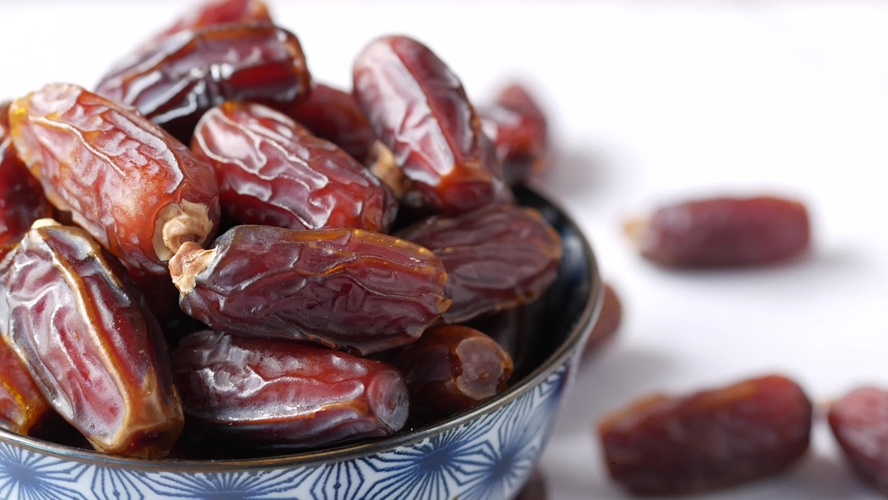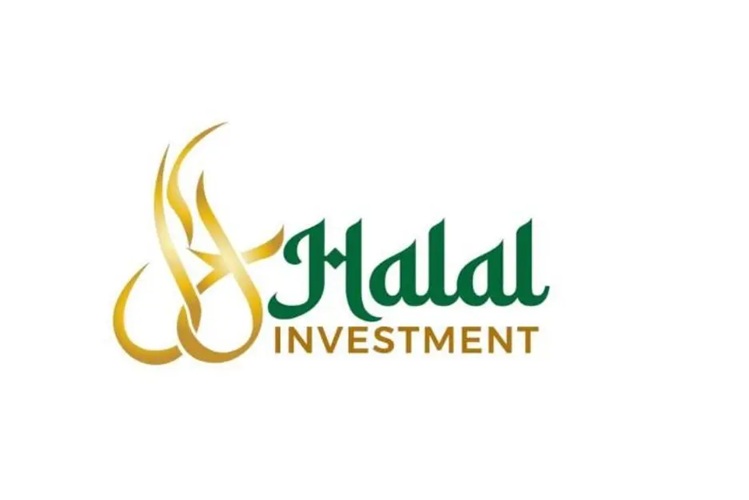 New Delhi, (SM/IINA) : It is clear that the early Arab medicine described by Prophet Muhammad (peace be upon him) and practiced before and during his lifetime, was very much alive and influential throughout the time of Yūnānī medical manuscript production and study in India.
New Delhi, (SM/IINA) : It is clear that the early Arab medicine described by Prophet Muhammad (peace be upon him) and practiced before and during his lifetime, was very much alive and influential throughout the time of Yūnānī medical manuscript production and study in India.
When Greek medical texts were transmitted and translated in the Abbasid capital of Baghdad in the 9 and 10th centuries, they paved the way for original Arabic medical sources which built off Greek humoural theory (the four humors: blood, phlegm, yellow bile, and black bile; in Arabic: dam, balgham, ṣafra, and sawda).
The most famous of these sources is Ibn Sina’s (d. 1037) Qanun, Latinized to Avicenna’s Canon. The Qanun is often cited as the foundation of what became known as Yūnānī Ṭibb, or Greek medicine, hearkening back to its use of Greek humoural theory as the basis of Aetiology, diagnosis, and treatment. With the movement and transmission of texts such as the Qanun, the study and practice of Yūnānī Ṭibb flourished and adapted to new surroundings, according to JHIBlog and The Wire News.
Both al-Tibb al-Nabawi and Yūnānī Ṭibb had a large following in the Islamic world, and still do to this day. India is a perfect example of the staying power of these kinds of medicine. When Yūnānī arrived in South Asia, scholars and intellectuals fleeing the Mongol invasions of the thirteenth century brought with them medical knowledge based on Arabic sources, beginning a medical tradition which would adapt and thrive from the period of the Delhi Sultanate (1206-1516) into the modern day. Knowledge of al-Ṭibb al-Nabawi also accompanied these scholars to India. Today, the Indian government supports Yūnānī colleges, and medical practice in the region is a mixture of the traditions that flourished there, including Yūnānī, Ayurveda, al-Tibb al-Nabawi, and allopath (often called Western medicine).
Yet, too often, the medical traditions are discussed separately, without mention of the ways in which they influenced one another, particularly in regard to Yūnānī‘s adoption of treatments from al-Tibb al-Nabawi. Even a cursory glance at the sources, however, can tell a reader how these medical traditions interacted and shaped each other over the centuries. A study of Yūnānī manuscripts and their reception gives a clearer picture of that mix of Yūnānī Tibb and al-Tibb al-Nabawi during such earlier periods as the Mughal Empire, showing that the different bodies of knowledge in fact interacted.
One-way to better understand the reception of these texts and the interactions of these medical traditions is to study the marginal notations in the premodern manuscripts. These notes are a window into the thoughts of the readers themselves: they refer to other medical sources, describe prescriptions the readers used and knew to be beneficial, and relate the realities of the medical traditions in practice. One single manuscript can have marginal notations with references to Galen, Ibn Sina and the Prophet, all concerned, for example, with the best remedy for toothache. These notes, therefore, tell us a great deal about the usage and understanding of the text at hand.
The major medical encyclopedia of Najib al-Din al-Samarqandi (d. 1222), al-Asbab wa al-Alamat (The Causes and the Symptoms), and its attendant commentaries follow Yūnānī medical theory. Copies of both the commentaries and the original work number in the hundreds in the Indian manuscript collections, not far behind Ibn Sina’s Qanun and its commentaries. Al-Samarqandi’s sources come from medical greats such as al-Razi (d. 925), al-Majusi (d. 994), and, of course, Ibn Sina, but unlike the five-volume medical compendium that is the Qanun, al-Samarqandi’s al-Asbab wa al-Alamat is a handbook of medical diagnoses and treatments that was meant for personal use, to be referred to and utilized in practice. Other medical scholars, such as Naïfs b. ʿIwad al-Kirmani (flourished 1437) and Muhammad Akbar Arzani (flourished 1700) took up the text and wrote major commentaries on it, in Arabic and Persian respectively. I now turn to an Indian manuscript of al-Kirmani’s Sharḥ [commentary of] al-Asbab wa al-Alamat in an effort to shine light on the interactions of Yūnānī Tibb and al-Tibb al-Nabawi.
Al-Kirmani dedicated this Sharḥ to his patron, the Timurid ruler Ulugh Beg, in whose royal court he was a physician. Copies of the Sharḥ can be found all over India, and are even more common in the region than al-Samarqandi’s original text, upon which the commentary is based.
The Raza Library in Rampur, Uttar Pradesh holds six manuscripts of al-Kirmani’s Sharḥ al-Asbab wa al-Alamat, ranging in date from the seventeenth to the nineteenth centuries and covering the transition of power from the Mughals to the British Raj. One particular manuscript, No. 3999 (Raza Library, Acc. No. 4195 M), is an eighteenth-century copy of al-Kirmani’s Sharḥ, and its margins are littered with explanations, prescriptions, and references to other medical sources, mostly in Arabic. While some notes offer quotes from Galen or Ibn Sina, others refer to the works of al-Samarqandi himself. What makes this manuscript important to the study of Yūnānī and Prophetic medicine’s interactions, however, are the many notations citing early Islamic and, in some cases, pre-Islamic medical advice.
The margins of fourteen folios exhibit references to the Prophet’s advice and actions in the realm of medical practice. These various hadith are reported by a total of twelve different companions and members of the Prophet’s family, and they showcase Muhammad’s own knowledge of the region’s flora and their medical benefits, as well as the traditional folk medicine of the Arabian peninsula. For example, the mid-point of al-Kirmani’s Sharḥ advocates the use of medicaments to rid the body of excess fluid to relieve dhat al-janb, or pleurisy, which is an inflammation of the tissue lining the lungs and the chest cavity.
The marginal note on this page relates the report of Zayed b. Arqam, a companion of the Prophet, who says that Muhammad named zayt (oil) and wars (memecylon tinctorium, a Yemenite dye-yielding plant) as treatment for pleurisy (MS. No. 3999, f. 166b).
Similarly, while al-Kirmani explains al-Samarqandi’s definition of kulf, or freckles, as localized changes of colour in the face to shades of black or red, the hadith states that Umm Salama, one of the wives of Muhammad, related that the Prophet spoke of the use of wars (seemingly, a common medicament at the time) to coat the affected areas of the face in order to counteract these spots (MS. No. 3999, f. 336a). Here, these marginalia serve to underscore the accuracy of the lessons of the text’s author, but they also give more specificity to how the ailment should be treated.
One additional notation is worth noting because it predates Islam: it is attributed to Luqman the Hakim (literally, wise man), a pre-Islamic sage who is mentioned in the Qur’an. His treatments (Elaj-e-Lokmani, or “treatment of Lukman”) are still practiced today in an orally-transmitted medical tradition in Eastern India, particularly Bengal. Lukman’s medical advice, like the hadith of the Prophet, recalls the medicine practiced in Arabia at the time. The notation before the text begins prescribes a treatment using Ghaghara (a gargle) and Julab (Julep, a fruit- or petal-infused drink) for problems originating in the stomach (f. 1a, MS 3999) and is written in Persian.
The Arabic note following it describes the above treatment’s source, denoting Lukman the Hakim as its originator. This reference to a pre-Islamic sage’s medical advice brings to the fore the Arabian medicine upon which al-Tibb al-Nabawi is based. These references reveal the thoughts of the manuscript’s reader and force the scholar to question the boxes to which these medical traditions have often been assigned.
It is clear that the early Arab medicine described by the Prophet, and practiced before and during his lifetime, was very much alive and influential throughout the time of Yūnānī medical manuscript production and study in India. The treatments explained in al-Kirmani’s Sharḥ must have reminded the reader of the Prophet’s own medical advice. He may have written these thoughts down as a memory aide, for future readers of the text, or to underscore the benefits of these remedies. Whatever the reasoning behind these notations, the margins of this particular Yūnānī manuscript show that there was an awareness of al-Tibb al-Nabawi in the study of Yūnānī Tibb, and the two were not at all mutually exclusive.





0 Comments